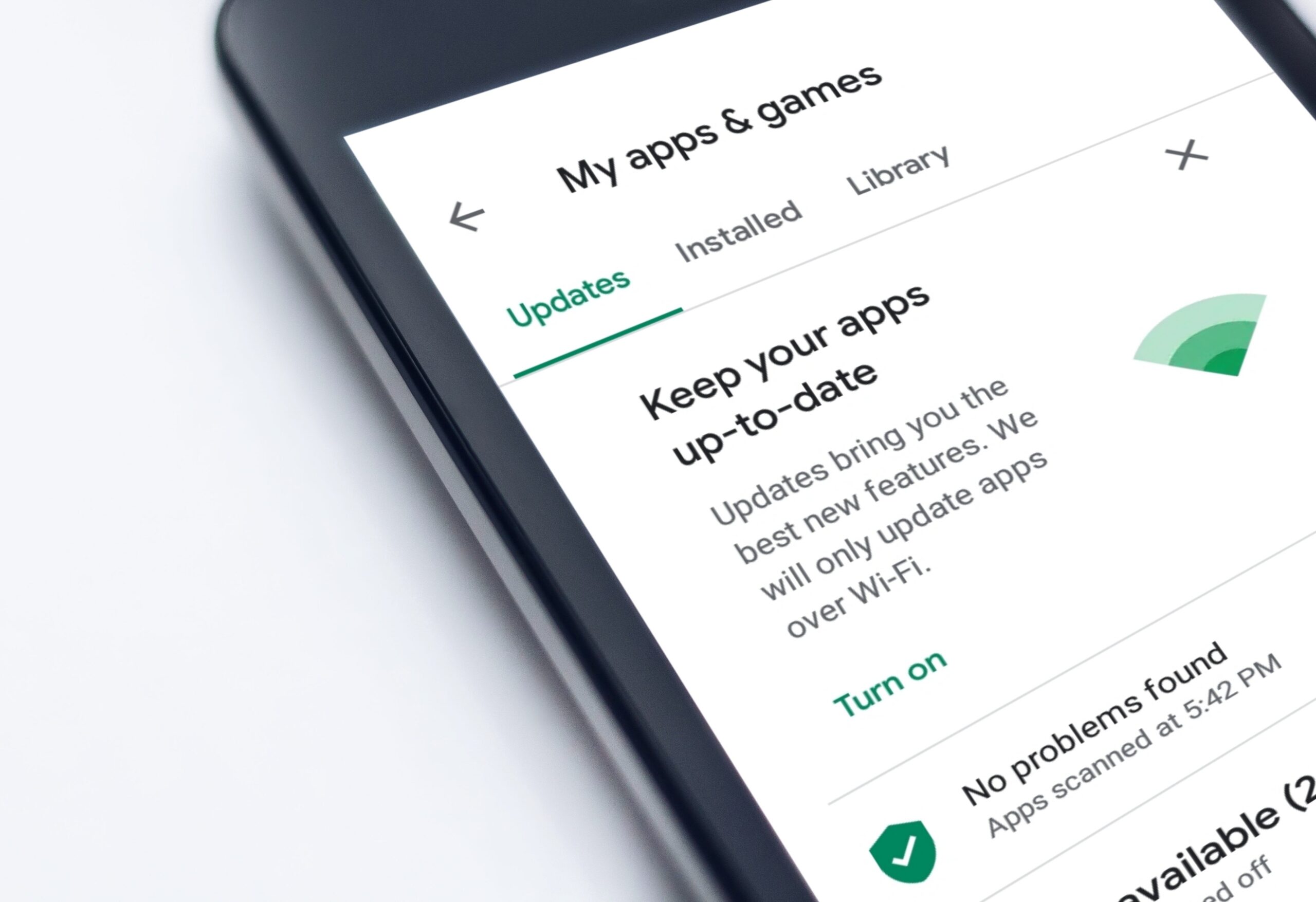There is no lack of appetite for data projects – it’s just that the scope of them is so vast, many people don’t know where to begin
“I don’t get it.” A phrase many tech-savvy public sector bodies will be familiar with when discussing the importance and value of using data in government. Unfortunately, the common pushback received when it comes to digital transformation projects is senior management not buying into data.
And this is warranted. Often, senior management has a different view when it comes to technology, being born in a different generation – pre the internet and iPhones.
However, the experience that senior management possess is critical in successful data innovation projects. Mature experts – with years of experience – are able to help identify pitfalls and truly transform government departments. And young public sector individuals can bring a fresh technology outlook and knowledge of the latest trends to lead the data innovation charge. It is together, not in siloes, that the two need to work to make using data in local councils a reality.
Related content
- UK retains pole position on open data
- Local government ‘key audience’ for European data sharing initiative
- Public Health England shake-up brings data focus
We’re all aware of the many benefits data can bring, from social good to enterprise. For instance, Safecast, an open-source radiation monitor, created in response to the Fukushima Daiichi nuclear power plant accident, was developed by open data. The original device was chunky and unable to run without a laptop plugged in. The result of it being volunteer-centred and individuals contributing to improve it: a smaller, lighter and mobile device.
However, to be clear, I don’t think there is a lack of appetite to embark on data projects, it’s just that the scope of them is so vast, many people don’t know where to begin. Ensuring you have the data to deliver on the vision is no easy task.
Nesta recently profiled how eight councils across the UK, from Manchester to Kent, are using data to improve the way they operate. For instance, Bristol City Council built plastic sensor-equipped frogs to collect data which helped residents report and manage damp in their properties. This put the power back into the hands of citizens, allowing them to use the data to make a case to their landlord.
Another example of a local council optimising resources is Birmingham. They use data from temperature sensors in the road to notify where gritting vans are needed in snowy or icy conditions.
This is just two of many other persuasive case studies whereby using data in clever ways has improved the lives of the counties constituents and made services smart. Councils can react to and invest forensically in an actual need. However, it’s one thing outing the result, the next question you might have is: how do I achieve that?
Tom Symons, principal researcher at Nesta gave a keynote at Zaizi’s recent ‘Data-Driven Government Roadshow’ event in London, whereby he outlined ten clear steps that local councils can follow to use data in smart and tangible ways below:
- Start with a problem that needs to be fixed. This needs to be clearly outlined and data has to be able to make an impact.
- Gauge the level of support, for instance, the senior management buy-in required to make this idea a reality. Once you know who the final decision maker is you can then think about persuading and convincing them – this is where you will need strong examples of successful projects (and where the Nesta case studies will come in handy).
- Start small. Begin with engaging end-users by going out and speaking to people and hearing from the horse’s mouth how data could be used to make their working lives easier.
- Be clear on what you are trying to achieve. Most importantly how this will be measured and get objectives signed off by key decision makers.
- Establish a separate pot of cash solely for this project. This will need to be realistic but by ensuring you have dedicated resources in place it prevents other public sector bodies from dipping their hands in your fund.
- Approach with agile work. By agile work, I mean quick and short development, testing and iteration. Similar to the mentality startups adopt: fail fast – learn – and grow.
- Secure expertise. For information governance and be exact about the aim of sharing data.
- Beta test with end-users. And implement their feedback.
- Be receptive. Make decisions based on what the data tells you, not what your head or seniors are telling you, otherwise it will be useless.
- Evaluate projects once finished in line with the agreed objectives. This part is often overlooked, but if you don’t do this it will be harder to sell future projects internally. A successful project with hard statistics is the best sales pitch.
Many local councils are under immense pressure from their constituents demanding more from them and from higher ups urging them to cut costs. Perhaps it’s time they considered how useful technology – and data especially – can be in doing some of the heavy lifting and relieving this pressure. The excuse that governments are too “set in their ways” for a data change is no longer acceptable. And the number of useful resources to steer you in the right direction is ever expanding. It’s time to make a change, shake up the old way of the public sector and welcome the new way.



